Carnivorous Sundew Drosera Aliciae
Drosera Aliciae is a very unusual-looking ultimate fungus gnat killer! This native to Cape Provinces of South Africa plant is easy to grow! Perfect, natural alternative to yellow sticky traps for flies including fungus gnats! This beautiful houseplant is pet friendly and easy to care. Each plant comes with beautifully illustrated care guides created by our local artis.
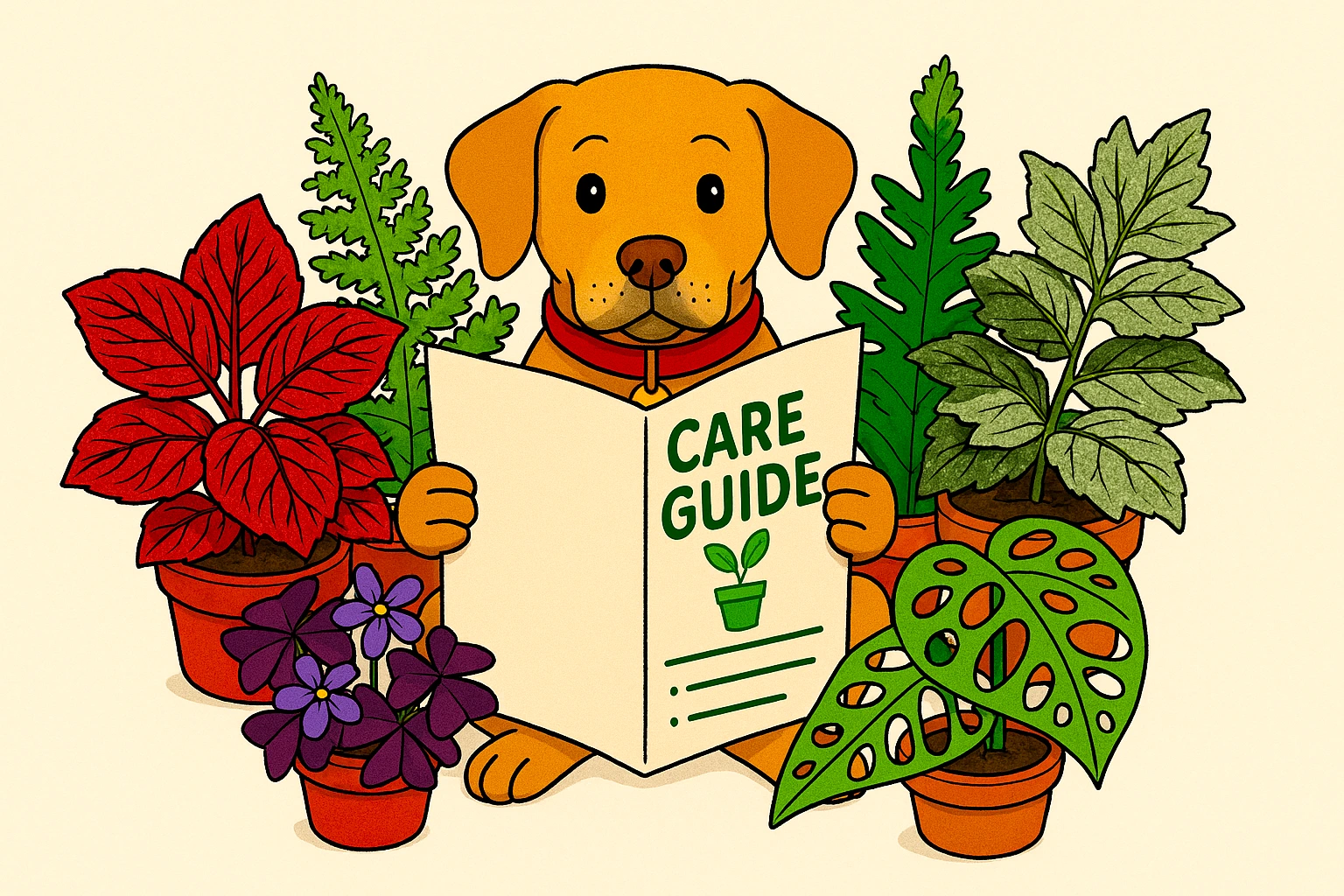
Free Care Guide With Every Purchase
Scan the plant pot QR for instant access to our care guide for your plant. No hassle, no stress, just healthy and happy plants.
The best place to start with carnivorous plants is by understanding their natural habitat and how their environment has led them to form such unique adaptations. Carnivorous plants have been on the planet for a long time, around forty million years and have been found on almost every continent and tropical island with Antarctica being the only exception.
Carnivorous plants are typically found in areas that are high in natural light and moisture, as well as water-logged areas like swamps where the nutrients in the soil are virtually non-existent. Many of their strange adaptations have been formed from this lack of nutrients.
All plants need basic nutrients to survive and without them, they don’t stand much of a chance.
Nitrogen and phosphorus are two of the most important nutrients plants need, nitrogen is the main component in chlorophyll which plants use for photosynthesis. The other is phosphorus, which is needed to make this process possible. Plants use phosphorus to take in, store and convert the sun’s rays. Without it, they would be unable to use the sun’s energy to create the biomolecules (proteins, amino acids, DNA) they need to grow and reproduce.
Carnivorous plants have adapted over millions of years to get these essential nutrients from their environment. Unable to get these nutrients from the soil they have formed traps to capture insects and small creatures that are rich in the nutrients they lack.
There are approximately 600 different species that fall into the Carnivorous plant category. These different species have found ways of attracting, trapping, killing, and absorbing their prey purely to extract the nutrients they need for survival.
Most carnivorous plants will use bright colours, distinctive smells, and sticky surfaces to attract insects but there are some key mechanisms that make up the variations of carnivorous plants and most species can be spread across these different hunting strategies
- Snap traps use rapid leaf movement to snap shut and capture their prey.
- Bladder traps suck in their prey with a small internal vacuum.
- Pitfall traps entice prey into a small rolled-up leaf with digestive enzymes.
- Flypaper traps utilize sticky mucus to trap their prey.
- Eel traps use inward-facing hairs to force their prey towards the digestive organ.
Click here to check our care instructions to find out how to look after your carnivorous plant.
Would you like to learn about carnivorous plants? Check our article here.
Pet Friendly
- How should I care for my Drosera Aliciae to ensure it thrives?
- Place your Drosera Aliciae in a location with full, natural light and keep the soil consistently moist using distilled or rainwater. Avoid fertilisers and regular tap water as these can harm the plant due to the minerals and chemicals they contain.
- Is the Drosera Aliciae suitable for a terrarium environment?
- Yes, Drosera Aliciae is well-suited for terrarium settings due to its need for high humidity and consistent moisture. Ensure the terrarium is well-ventilated and has plenty of light to mimic its natural swampy habitat.
- Can Drosera Aliciae coexist with other houseplants?
- Drosera Aliciae can be kept with other moisture-loving plants, but it should not be placed too close to other houseplants as its sticky leaves may inadvertently trap them. It’s best kept in its own space where it can catch small insects effectively.
☀️ Light
☀️☀️☀️ (High)
The Carnivorous Sundew Drosera Aliciae thrives in bright, direct light. Place it near a window where it can soak up plenty of sunshine. This simulates its natural habitat and maximises its growth.
💧 Water
💧💧💧 (High)
Keep the soil consistently moist, but not waterlogged. Use distilled water or rainwater to avoid mineral build-up, which can harm the plant. During the growing season, ensure the water level is slightly above the soil to create a humid environment.
🌡️ Temperature
🌡️🌡️▫️ (Average)
Drosera Aliciae prefers moderate temperatures, typical of indoor environments. Aim to maintain a temperature range between 18°C to 24°C for optimal growth.
💦 Humidity
💦💦💦 (High)
This plant loves humidity! A humidity level around 60% or higher is ideal. Regular misting or a humidity tray can help achieve this, especially during dry, winter months.
🪴 Repotting
Repot every two years or when the plant outgrows its pot. Use a soil mix specifically designed for carnivorous plants, which is low in nutrients and drains well. Ensure the new pot has good drainage to prevent standing water.
🐾 Pet Friendliness
Drosera Aliciae is pet friendly. It’s safe to keep around your furry friends without worrying about toxicity.
🏠 Recommended Locations at Home
This plant is perfect for bright kitchens, sunrooms, or near south-facing windows. Ensure it’s placed where it can get plenty of light but out of reach if you have curious pets.
🌿 Air Purifying
While primarily known for its insect-trapping abilities, Drosera Aliciae also contributes to air purification by trapping and absorbing dust along with its prey.
✨ Other Plant Features
Beyond its striking appearance and practical benefits as a natural pest controller, Drosera Aliciae is also known for its fascinating adaptive mechanisms, making it a great conversation starter and a learning tool about nature’s wonders.
If you have more questions, ask our Mossbot, or contact us via our website. Remember, we offer a free plant hospital service if you need more help with your plant care!
| 5 star | 96% | |
| 4 star | 3% | |
| 3 star | 1% | |
| 2 star | 0% | |
| 1 star | 0% |
Customer Images
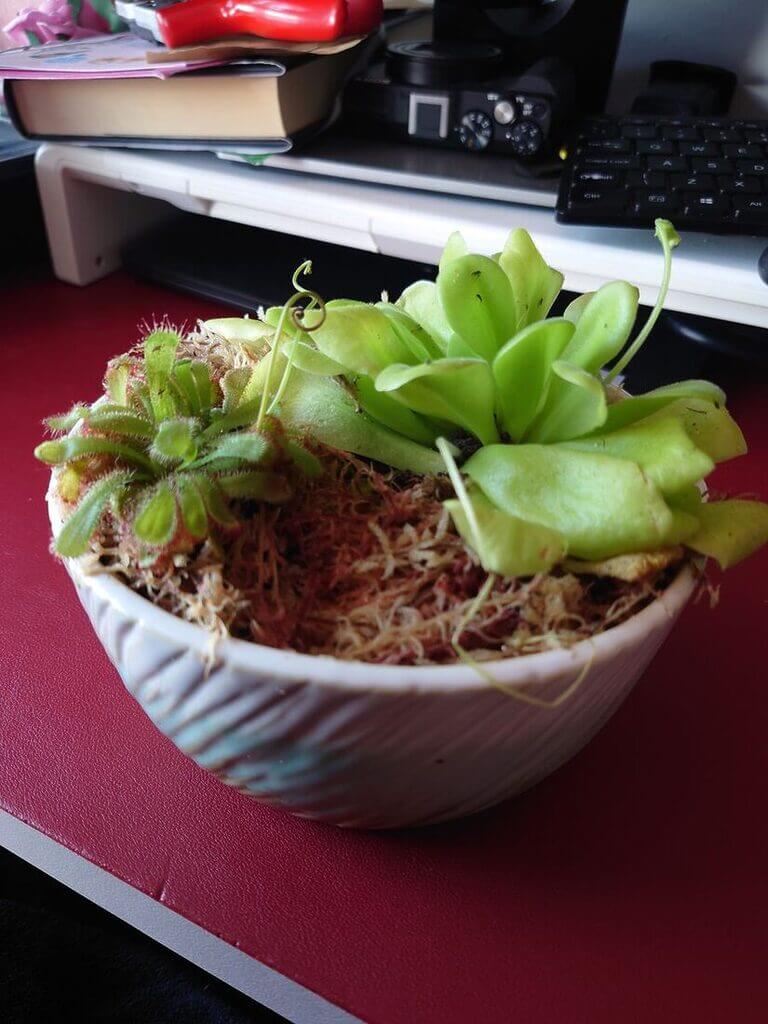
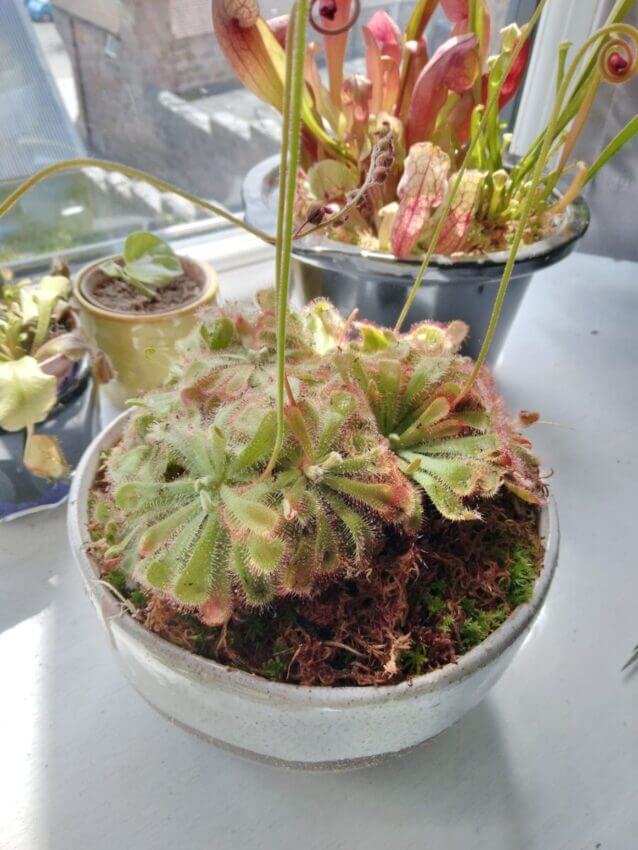
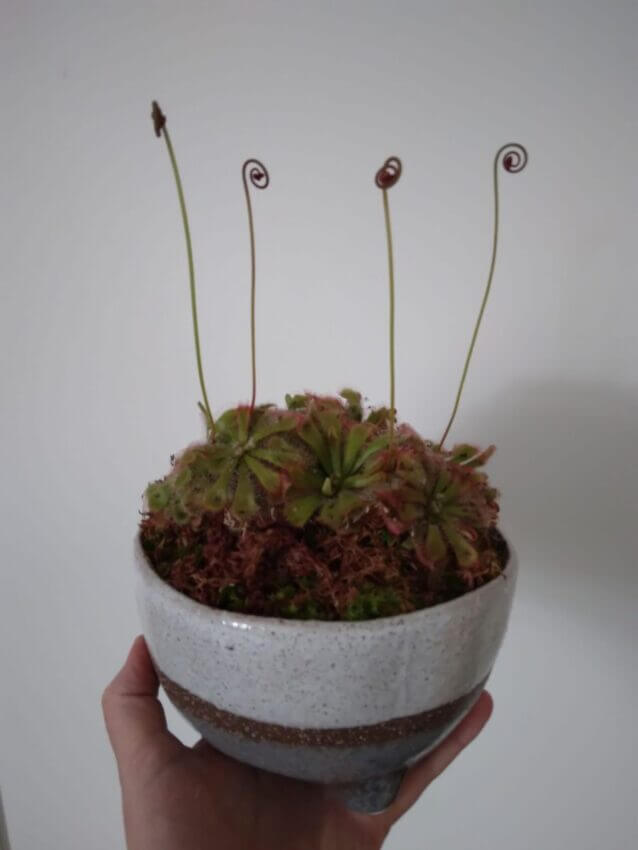
1-5 of 1360 reviews
6 reviews for Carnivorous Sundew Drosera Aliciae
| 5 star | 100% | |
| 4 star | 0% | |
| 3 star | 0% | |
| 2 star | 0% | |
| 1 star | 0% |
Customer Images



1-5 of 6 reviews
Add a review
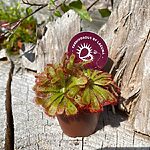 Carnivorous Sundew Drosera Aliciae
Carnivorous Sundew Drosera Aliciae
Your review
* Review is required
Name
* Name is required
Email
* Email is required
Add photos or video to your review
* Please tick the checkbox to proceed
We’re a small family business with a big love for plants.
From our base in Aberdeen, we pack every order with care and love. Our small size means we can be flexible with special requests, and we’re always happy to help. We reuse packaging, craft our own eco-friendly products, and offer friendly advice whenever you need it.
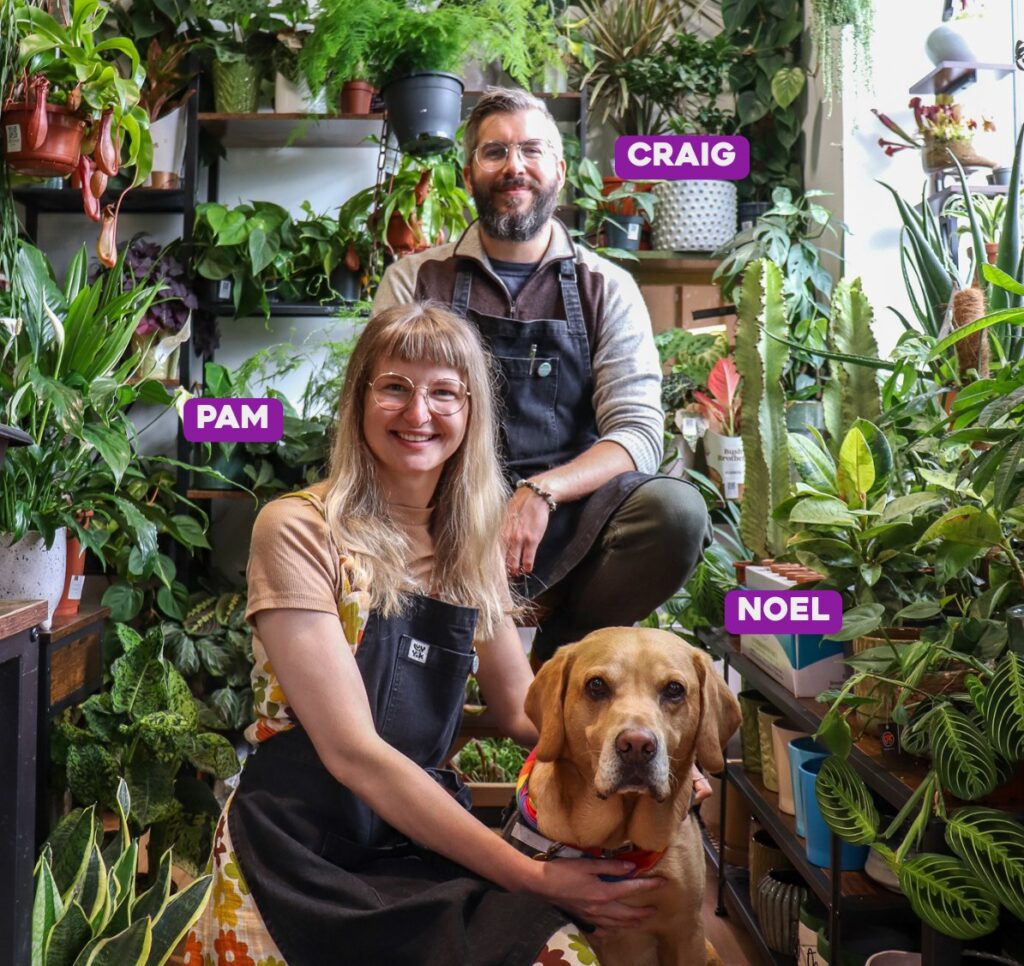


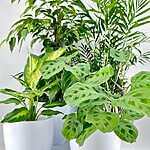

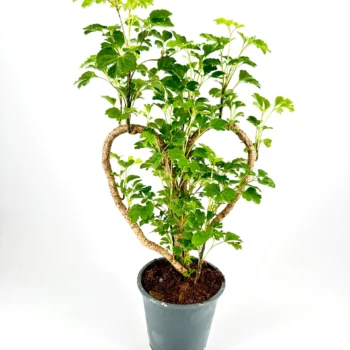
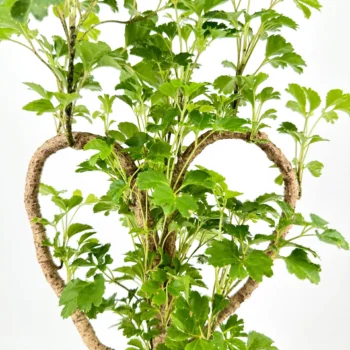
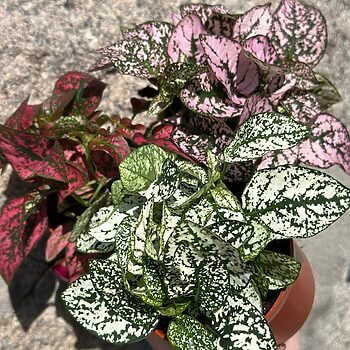
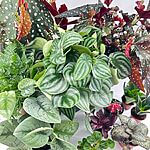




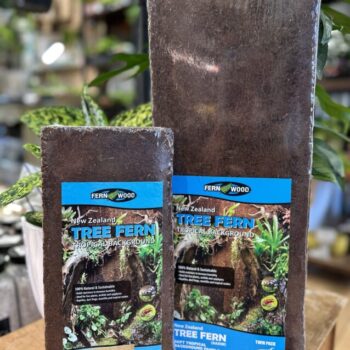
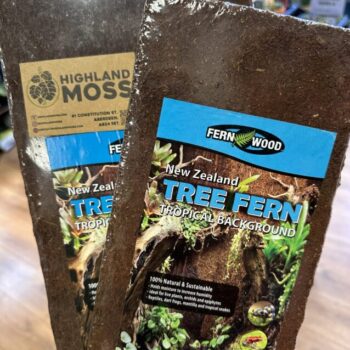
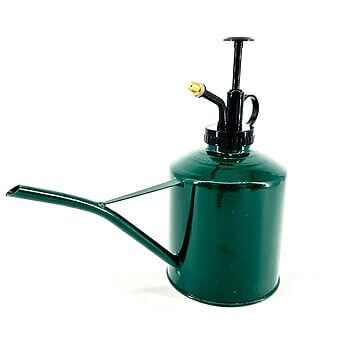
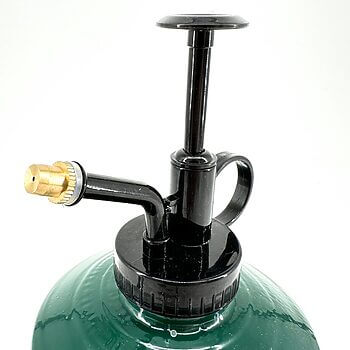
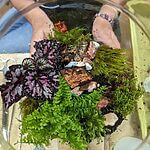


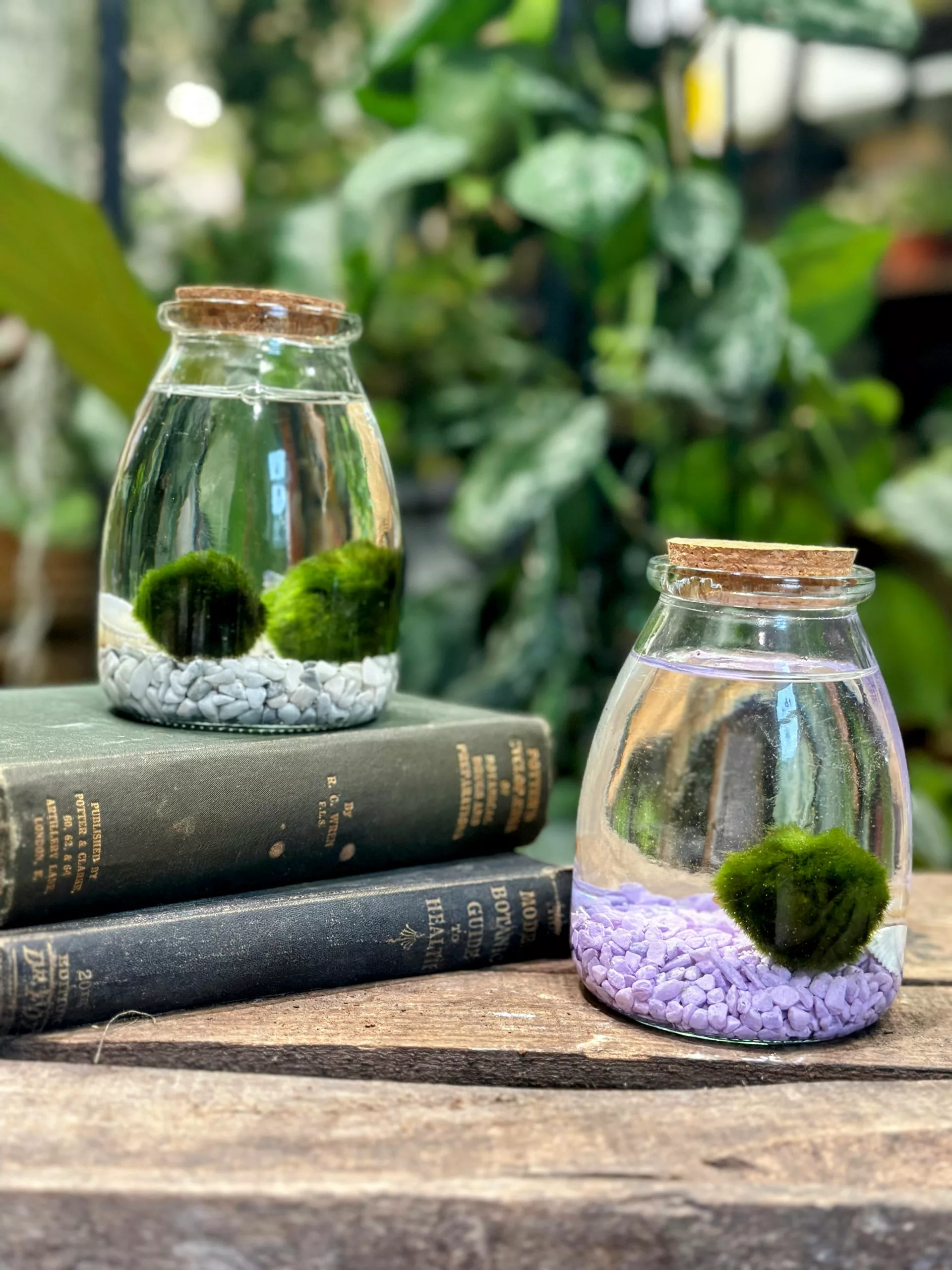
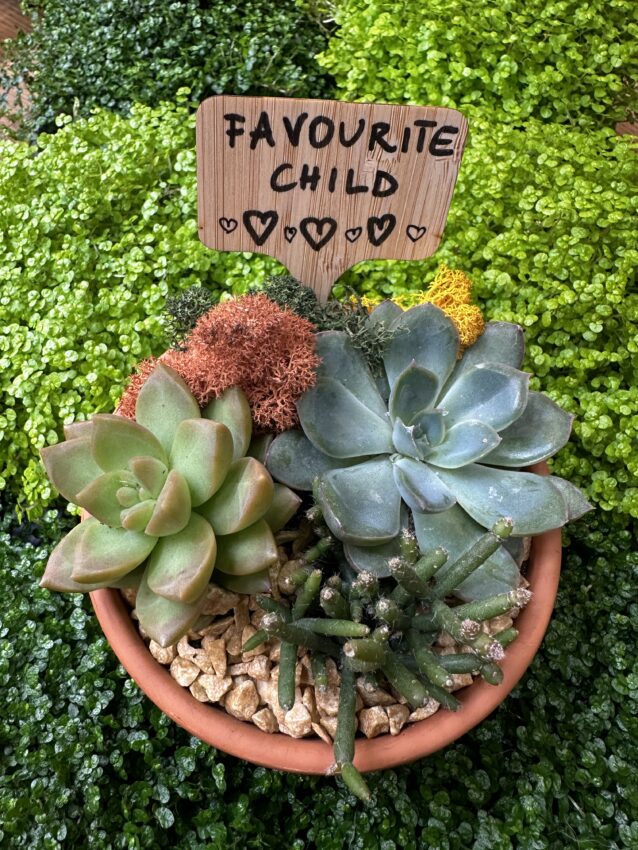
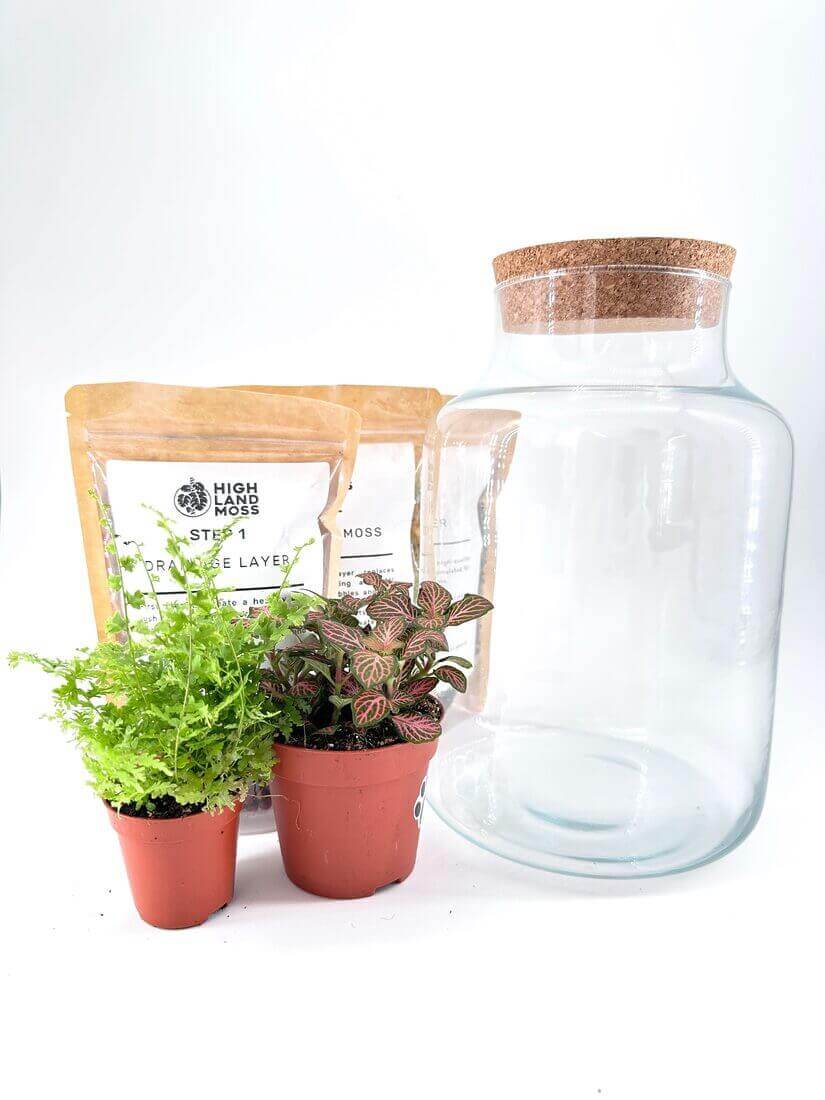
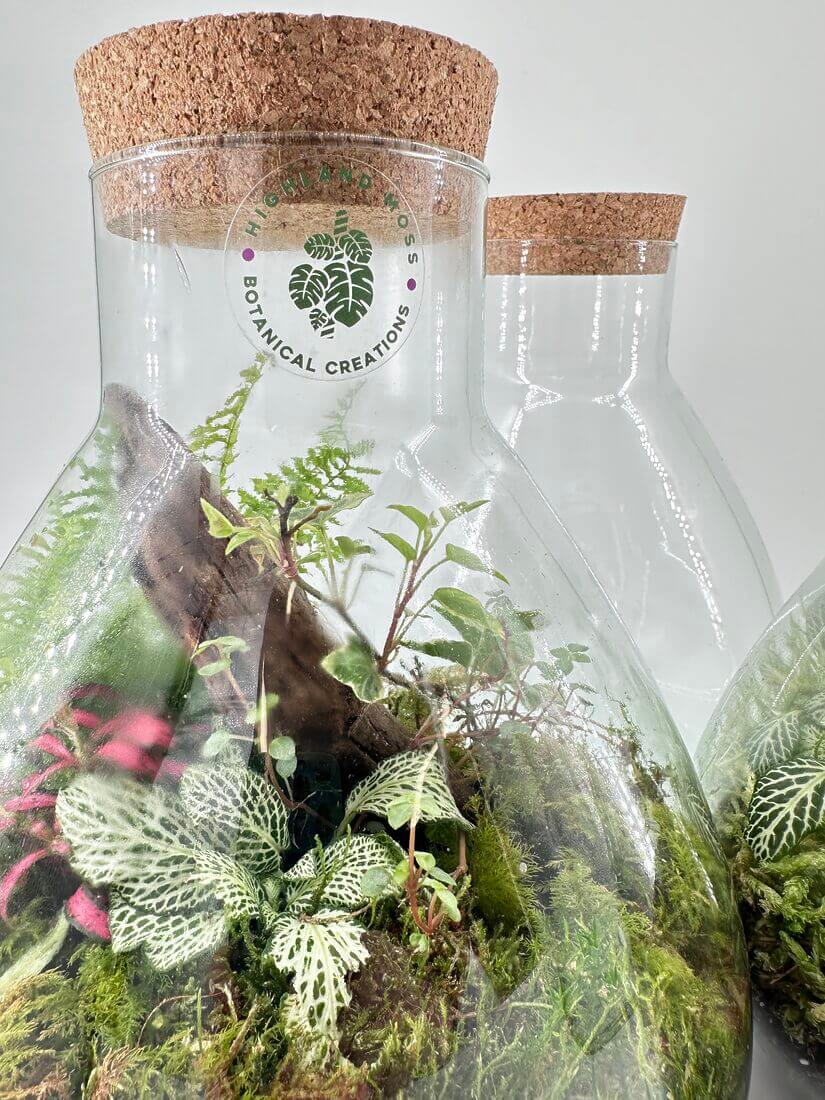
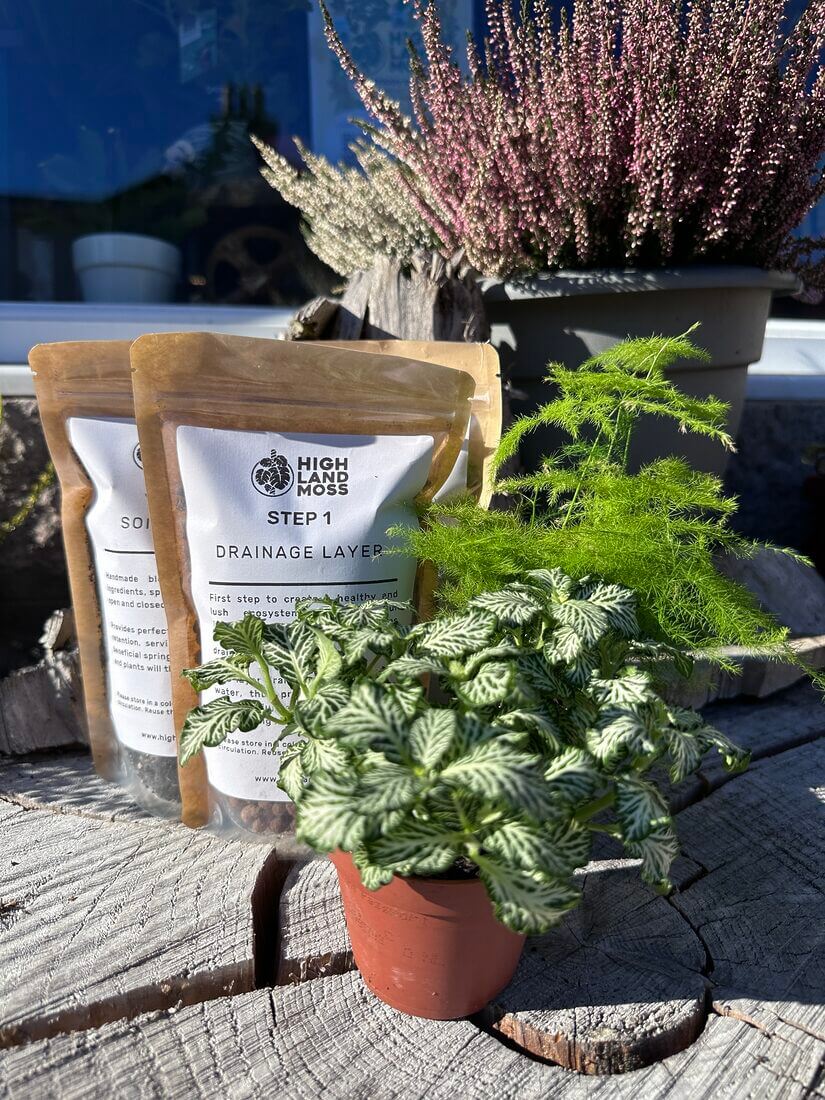

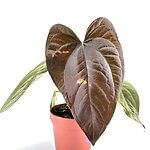

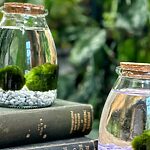
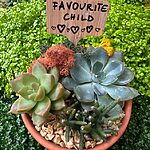
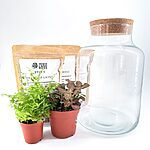
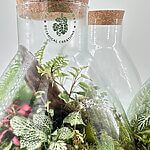
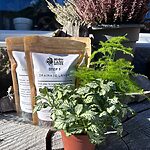


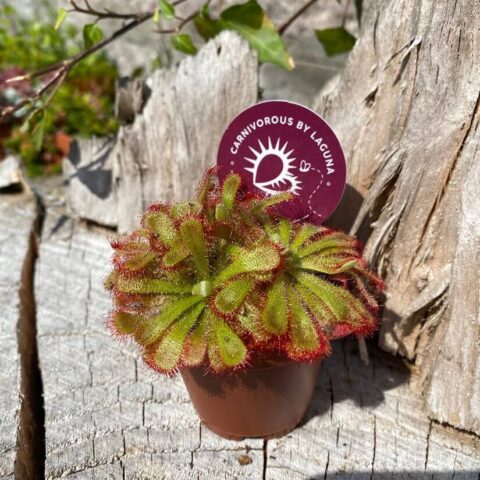









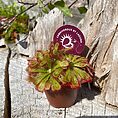
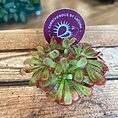
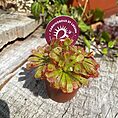
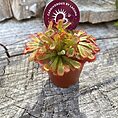
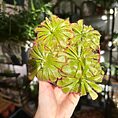
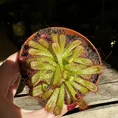
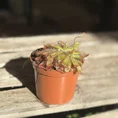
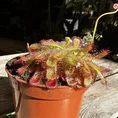

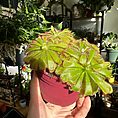
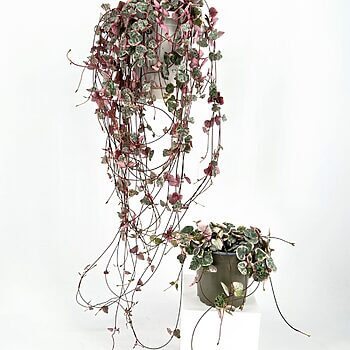
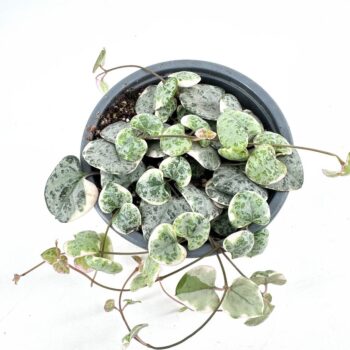
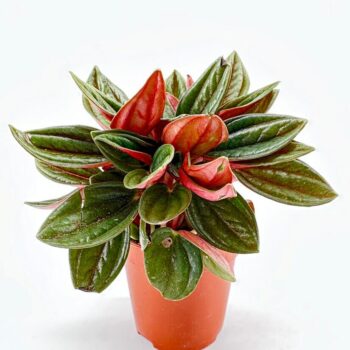
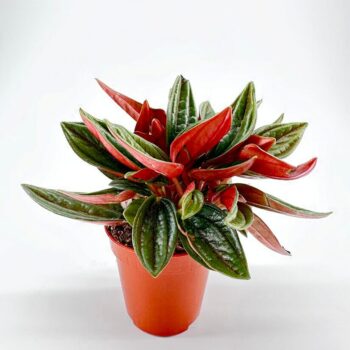
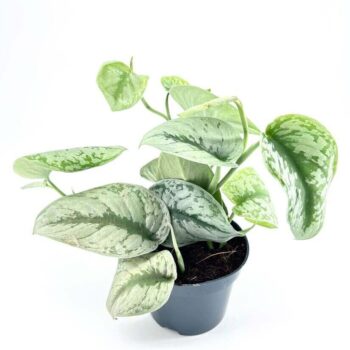
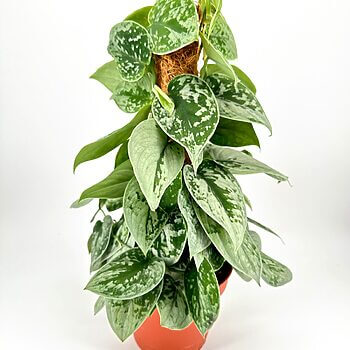
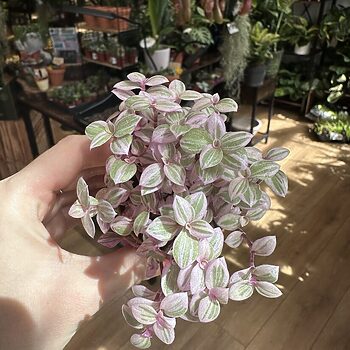
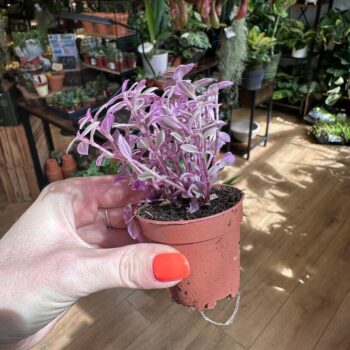
Really excellent service. I ordered Dicranum that was delivered in great and 24 hours. Will be using again!
No issues.